In this policy, naming new wards and communes after arrangement and merger is also a story about history, culture, identity and social consensus.
Around the world, many countries that have undergone large-scale administrative reforms have had their own approaches to solving the problem of naming administrative units after reorganization and merger.
France
Since 2010, France has officially implemented the “commune nouvelle” (new commune) model, allowing adjacent communes to voluntarily merge into a single administrative unit to streamline the apparatus. The name of a new commune must not only ensure legality and not overlap with other administrative units, but must also reflect cultural and historical characteristics and ensure fairness among the component communes.
In fact, France has developed three common approaches to naming communes after mergers. Some places choose to keep the name of the largest commune or the commune that plays the role of the new administrative center, usually the unit with a more favorable geographical location, a larger population or a higher historical value. This is a simple and acceptable naming method, but sometimes causes a sense of loss for smaller communes during the merger process.
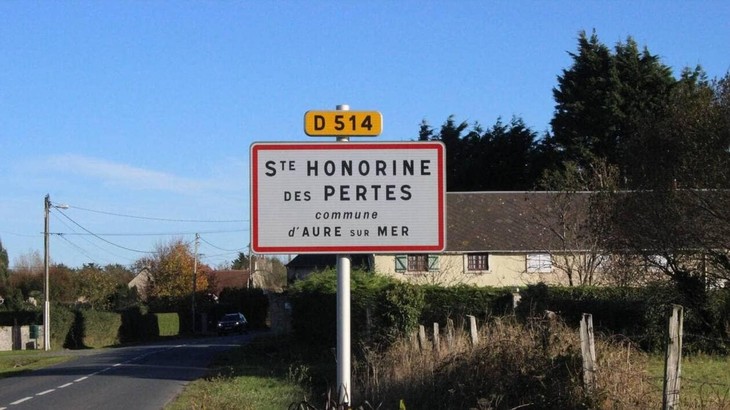 |
| France has developed three common directions in naming communes after the merger. Photo: Ouest-France. |
Some other localities choose to combine the names of two or more communes to ensure balance and demonstrate solidarity. However, this combination of names sometimes results in the new commune name being too long, difficult to remember, or lacking in aesthetic appeal in communication and administration.
To overcome this, many communes have chosen a third solution: to create a completely new name, either neutral or based on the geographical and historical characteristics of the region. For example, the name “Beaupréau-en-Mauges” combines the name of a traditional place and the name of the larger cultural region, creating a distinct identity without favoring any commune in the merged group.
The process of naming administrative units in France is always set within a clear legal framework and with democratic consultation. The new name of the administrative unit is decided by the newly established commune council, but before that, local residents are often consulted, creating consensus and limiting conflicts. At the same time, in some cases, the names of old communes are still used at the level of “component communes” as a way to preserve community memory and identity.
From the French experience, it can be seen that naming a new administrative unit after a merger cannot be separated from historical, emotional and symbolic factors, because a name is not only an identifier, but also carries the memories, identity and expectations of an entire community.
Japan
From the late 1990s to the mid-2000s, Japan undertook a wave of large-scale administrative reforms, known as the “Heisei Consolidation,” aimed at reducing the number of cities, towns, and villages to a more reasonable level.
In Japan, mergers are not only about combining boundaries and administrative apparatus, but also about the intersection and integration of local identities. The naming of new administrative units must therefore ensure many criteria: easy to identify, not confusing, capable of representing the entire new community, and equally important, must create consensus among the population. A common trend is to choose neutral names, not too biased towards a specific town or village in the merged group. This is to avoid the feeling of deprivation or loss of local identity that is very strong in many small communities in Japan.
 |
| Localities in Japan often consult widely with their residents before deciding on a new name. Photo: Mj-bird. |
In addition, many localities have chosen to create new names by combining typical geographical elements, cultural heritage or words with positive meanings, easily evoking bright images of the future. A typical example is Minamisanriku City in Miyagi Prefecture - the name is a combination of "Minami" (south) and "Sanriku" (the name of the local coastal area), reflecting both the geographical location and regional identity. Some other places choose to use the names of rivers, mountains or prominent relics in the area as symbolic connecting points for the new unit, creating a sense of coexistence and harmonious development.
Localities in Japan often hold referendums before deciding on a new name. These discussions, which are sometimes heated and even protracted, play an important role in creating consensus and community cohesion after the merger. Some places even hold naming contests involving students, seniors, and other social groups, turning the naming process into a broad community cultural event.
Japan also allows old administrative units to continue to exist as sub-administrative areas, in which the traditional names are still maintained at the local level. This helps to ease the feeling of regret and helps to preserve local historical and cultural values. This flexible approach and respect for community feelings is a bright spot in administrative management in Japan, and a valuable experience for other countries when implementing similar administrative reforms.
Korea
In Korea, basic administrative units such as “si” (city), “gun” (county), and “gu” (county) are often merged or their boundaries are adjusted to improve administrative efficiency, especially in rural or peri-urban areas that are experiencing population decline. When a new administrative unit is established, naming it is seen as the first step in establishing identity and consensus for the new community. This process is usually initiated by the local government, but also involves citizen participation through surveys, public seminars, or name competitions. The goal is to ensure that the name is both symbolic and comprehensively representative of the merged territories.
 |
| A notable point in naming new administrative units in Korea is the combination of traditional and modern elements. Photo: The Korea Herald. |
A notable point in naming new administrative units in Korea is the combination of traditional and modern elements. Many localities choose to name them based on natural terrain such as rivers, mountains, seas or typical historical relics to maintain the connection with the old identity. However, many places also proactively choose names that are forward-looking, expressing the desire for development, prosperity and modernization. For example, when Yeongi and Gongju counties were merged in 2012 to form a new special administrative unit called "Sejong", the government chose to name it after King Sejong the Great - a symbol of knowledge and reform in Korea - to convey the message of national development based on knowledge and science.
Like Japan or France, Korea allows the old names of smaller administrative units to remain in the form of "eup", "myeon" or "dong" - that is, towns, villages or neighborhoods under the new administrative unit. This not only helps facilitate administrative management but also preserves part of the heritage and community memories of local people. In many cases, the old administrative units continue to play an important role in cultural and social activities and maintain the residents' attachment to the locality where they live.
The Korean experience shows that naming administrative units is an opportunity to express local development strategies while affirming respect for the past and community spirit. Naming cannot be based solely on technical factors or administrative convenience, but must listen to the people's thoughts, preserve traditional values and convey positive expectations for the future.
Source: https://khoahocdoisong.vn/cac-nuoc-dat-ten-don-vi-hanh-chinh-moi-sau-sap-nhap-the-nao-post269720.html




![[Photo] Binh Thuan organizes many special festivals on the occasion of April 30 and May 1](https://vphoto.vietnam.vn/thumb/1200x675/vietnam/resource/IMAGE/2025/5/1/5180af1d979642468ef6a3a9755d8d51)
![[Photo] Ha Giang: Many key projects under construction during the holiday season](https://vphoto.vietnam.vn/thumb/1200x675/vietnam/resource/IMAGE/2025/5/1/8b8d87a9bd9b4d279bf5c1f71c030dec)
![[Photo] "Lovely" moments on the 30/4 holiday](https://vphoto.vietnam.vn/thumb/1200x675/vietnam/resource/IMAGE/2025/5/1/26d5d698f36b498287397db9e2f9d16c)
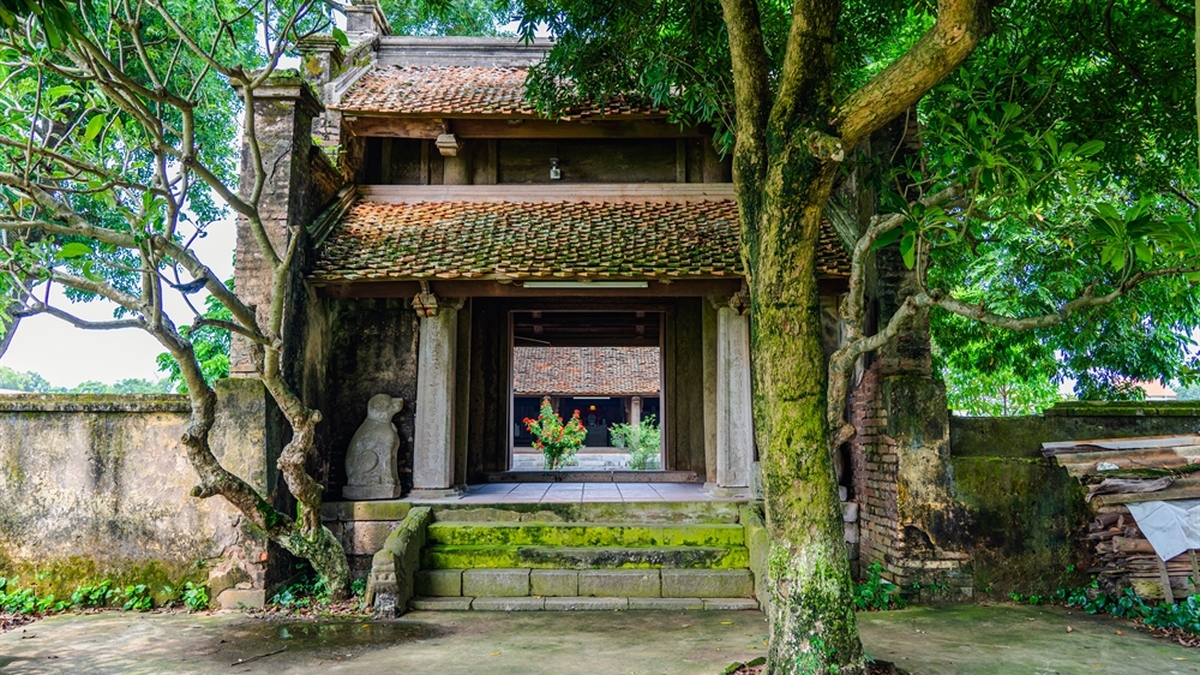





![[Video] Operating a complete 4.0 core technology ecosystem owned by Vietnamese people](https://vphoto.vietnam.vn/thumb/402x226/vietnam/resource/IMAGE/2025/5/1/2e2688c3bd414618a8c590dd8ab0a45f)







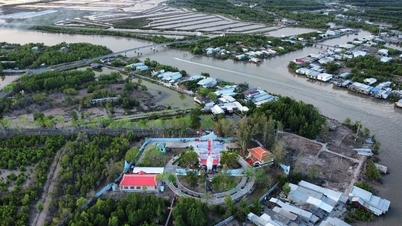








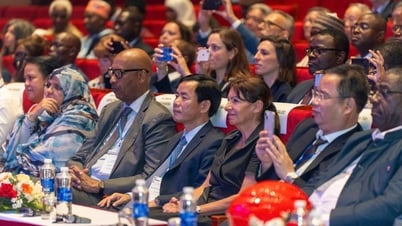


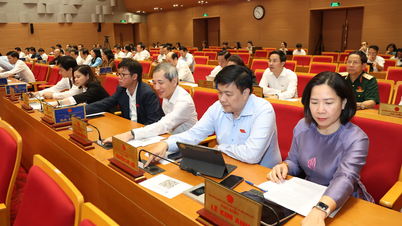

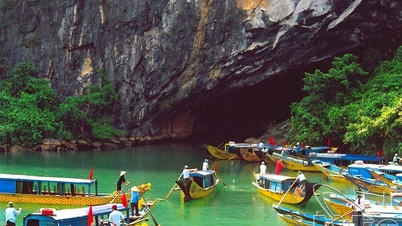



















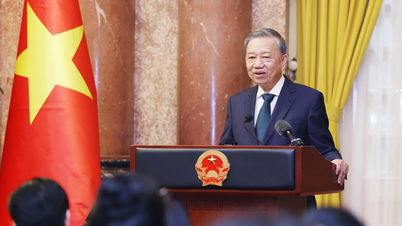
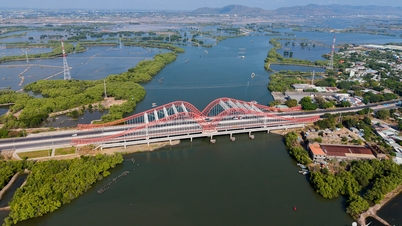



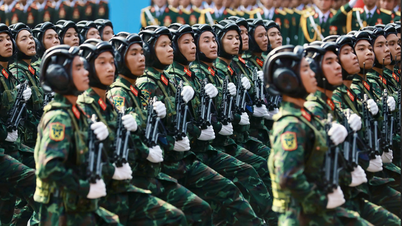
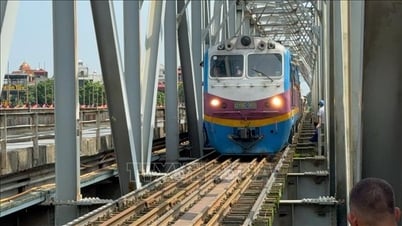

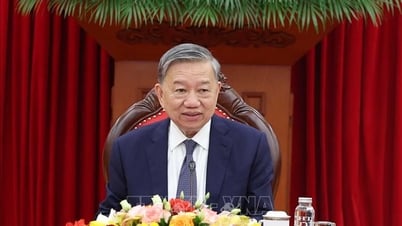












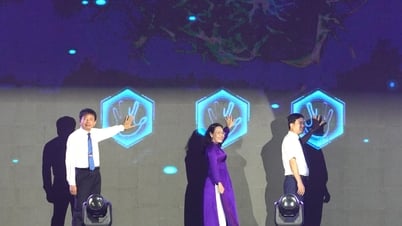



















Comment (0)